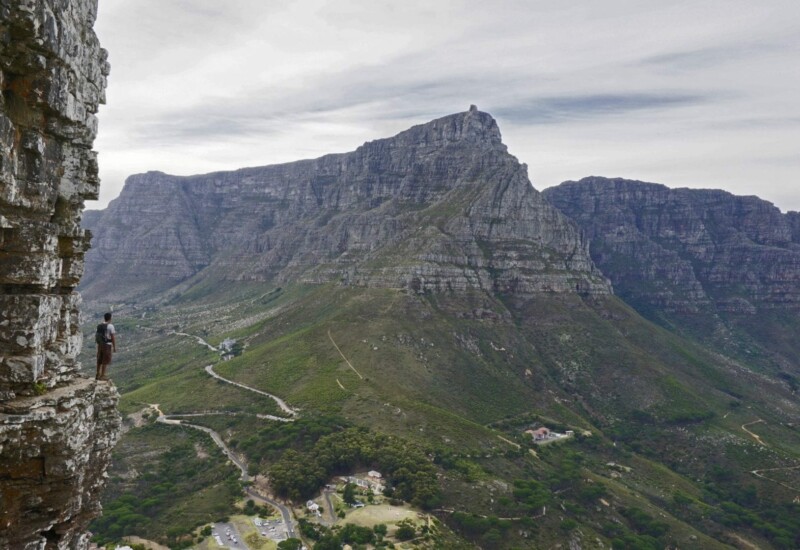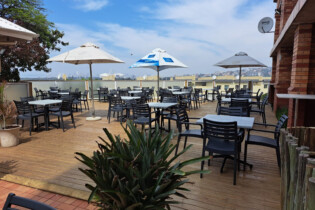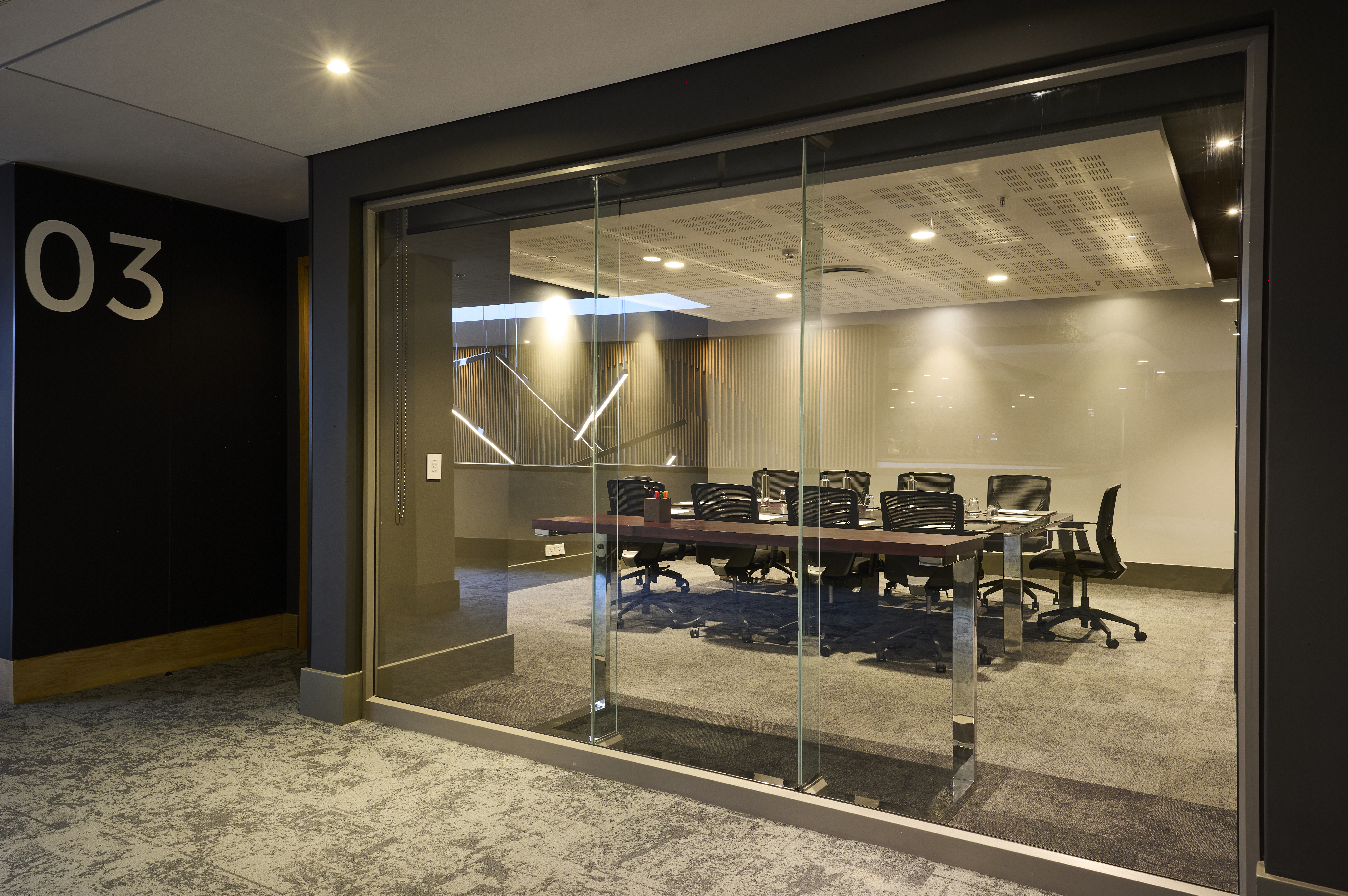The Cornell Center for Hospitality Research recently revealed that only 22% of U.S. hotel visitors still use hotel gyms. The study, which covered 33 U.S. hotels across 6 global hotel brands seemingly contradicts another research report released by the Global Wellness Institute, which stated that “Global wellness tourism revenues grew from $494.1 billion in 2013 to $563.2 billion in 2015 – or 14%. A growth rate more than twice as fast as overall tourism expenditures (6.9%).”
So, if wellness tourism is increasing while usage of hotel gyms is decreasing, where are travellers getting their fitness fix? Lee Kelsall of Ker & Downey Africa, an adventure travel company that operates LuxVenture™ experiences throughout Africa believes that these two concurrent statistics shouldn’t be surprising when taking into account the global traveller mindset and values of today. Lee notes, “The driver of fitness travel is not just that people care more about their physical appearance today than they may have previously, the real driver of the fitness travel trend is about overall wellness – mental and physical. Travellers want to be active, they want to connect with the destination and they want to be in touch with the culture – all while looking after their bodies. This is a need that cannot be serviced inside four walls of a hotel gym. It needs to be sought out in the streets, peaks, waterways and forests of travel destinations.”
There seems to be a definite culmination of varying travel, cultural and social trends through the increased desire for active holidays. The most lauded travel trends of the last two years include:
- Transformational travel: a travel trend focused on making a positive impact on the destinations visited, either through active participation in charitable work or financial contributions to the communities, local businesses and the conservation of wildlife;
- Adventure travel: involving a departure from big brand chain-style hotels and fly and flop holidays toward uniquely adventurous and thrilling experiences, and finally,
- Fitness travel: seeking to not only positively impact the destination visited, but to have the destination’s environment impact positively on you as a traveller.
 Seemingly all recent travel trends can be categorised as some form of wellness travel. As described by the Global Wellness Institute, “wellness falls firmly on the proactive side, incorporating attitudes and activities that prevent disease, improve health, enhance quality of life, and bring a person to increasingly optimum levels of well-being” meaning that while the industry might be calling it different things from year to year, a distillation of what travellers want from their travel experiences may just be: increased physical and mental well-being.
Seemingly all recent travel trends can be categorised as some form of wellness travel. As described by the Global Wellness Institute, “wellness falls firmly on the proactive side, incorporating attitudes and activities that prevent disease, improve health, enhance quality of life, and bring a person to increasingly optimum levels of well-being” meaning that while the industry might be calling it different things from year to year, a distillation of what travellers want from their travel experiences may just be: increased physical and mental well-being.
 Tour operators across the globe are looking for fresh ways in which to satisfy varying combinations of these new, powerful travel requirements in order to ensure that travellers are fully satisfied with, and enriched by their travel experiences. Many organisations are responding to these wellness travel trends by reaching into their pockets for additional capital to build more spas or manufactured retreats.
Tour operators across the globe are looking for fresh ways in which to satisfy varying combinations of these new, powerful travel requirements in order to ensure that travellers are fully satisfied with, and enriched by their travel experiences. Many organisations are responding to these wellness travel trends by reaching into their pockets for additional capital to build more spas or manufactured retreats.
It seems however, that the true potential in capitalising on fitness and wellness travel trends lies in leveraging the adventurously active and meaningfully cultural characteristics of remote destinations to bring impactful moments to travellers. Examples of this approach are easy to find in Ker & Downey Africa’s collection of LuxVenture™ experiences, which include gorilla trekking in countries like Uganda, Rwanda and the Congo; summiting the iconic mountain peaks of Kenya and Tanzania; running Marathons through wildlife conservancies; walking safaris or conquering age-old trails along South Africa’s historic coastline. All with continual opportunities to engage with and improve the lives of the communities and wildlife visited along the way.
International companies operating in the travel industry will need to respond to the call for meaningfully active travel experiences, or risk further poor investment into amenities that travellers no longer care for.








